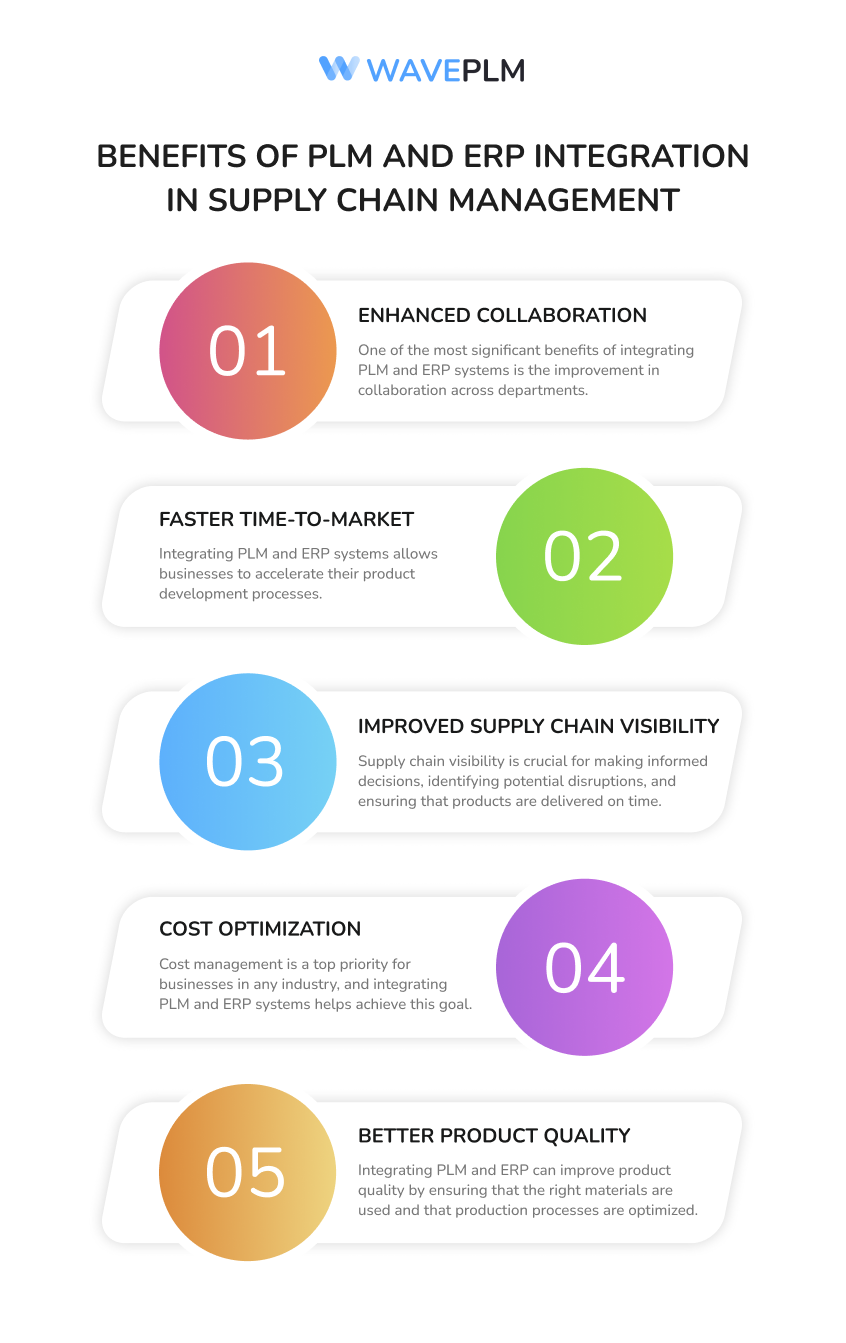
In today’s fast-paced global economy, businesses need to streamline their processes to stay competitive. This is especially true in industries like fashion, where trends change quickly, and companies must bring new designs to market efficiently.
A key strategy to achieve this involves integrating Product Lifecycle Management (PLM) software with Enterprise Resource Planning (ERP) systems. This combination can dramatically improve supply chain management, ensuring a smooth flow of information, better communication, and optimized processes. But how exactly does PLM software enhance supply chain management through ERP integration? Let’s dive in.
Understanding PLM Software
PLM software manages the entire lifecycle of a product, from the initial concept to its end-of-life. In industries like fashion, this includes the design, development, and manufacturing of clothing items. Fashion PLM keeps track of design specifications, materials, patterns, and any changes made along the way to provide real-time visibility. It ensures that all stakeholders, from designers to production teams, are aligned.
By centralizing information, PLM systems reduce the chances of errors, increase collaboration across teams, and improve finished product quality. PLM software plays a crucial role in ensuring that products are designed and developed efficiently and meet the necessary quality standards.
What is an ERP System in Supply Chain Management?
On the other hand, ERP (Enterprise Resource Planning) systems focus on integrating and managing core business processes. ERP software in supply chain management helps monitor and optimize resources such as inventory, production schedules, finances, and logistics. The ERP system in supply chain management provides a unified platform to manage operations, including procurement, production, warehousing, and distribution.
The supply chain ERP software ensures businesses have the right resources at the right time. This capability helps them meet customer demands and respond to market changes effectively. It optimizes inventory levels, streamlines procurement, and reduces waste, making it essential for increased efficiencies in supply chain management.
Why Integration is Key: PLM and ERP Systems
Both PLM and ERP systems are critical to modern supply chain management, but they operate in different areas. While PLM software manages the creative and developmental side, supply chain ERP systems handle the operational aspects. However, the real magic happens when these two systems are integrated.
By integrating apparel PLM with ERP software supply chain in the fashion industry, businesses can connect design and development with production and distribution. This integration ensures that information flows seamlessly between the creative and operational teams, eliminating silos and improving communication.
Benefits of PLM and ERP Integration in Supply Chain Management
1. Enhanced Collaboration and Communication
One of the most significant benefits of integrating PLM and ERP systems is the improvement in collaboration across departments. In the fashion industry, designers and production teams often work in isolation, leading to miscommunication and costly mistakes. When PLM software and ERP software work together, designers gain real-time access to information about materials, production schedules, and costs. This access enables them to make informed decisions early in the process.
For example, if a designer selects a fabric that is not available in the required quantities, the ERP system can alert the team immediately, preventing delays and costly last-minute changes. This real-time communication between PLM and ERP systems ensures that all teams are on the same page, from the design phase to final delivery.
2. Faster Time-to-Market
In the fashion industry, speed is everything. Companies that can quickly bring new designs to market have a significant competitive edge. Integrating PLM and ERP systems allows businesses to accelerate their product development processes.
By connecting the design phase managed by PLM software with the production and supply chain activities controlled by ERP software, businesses can reduce lead times and streamline production. For instance, once a design is finalized, the PLM system can automatically transfer the necessary specifications to the ERP system, initiating production without delays. This integration minimizes bottlenecks and ensures that new products reach the market faster.
3. Improved Supply Chain Visibility
Another critical advantage of integrating PLM and ERP in supply chain management is enhanced visibility. Supply chain visibility is crucial for making informed decisions, identifying potential disruptions, and ensuring that products are delivered on time.
With ERP software in supply chain management, businesses can monitor inventory levels, production schedules, and delivery timelines. When integrated with PLM software, this data becomes even more valuable. Designers can access up-to-date information about material availability, lead times, and production capacity, allowing them to adjust their designs or production schedules accordingly.
For example, if a specific fabric is delayed, the ERP system can provide real-time updates to the design team through the PLM system. This enables designers to make changes quickly, avoiding delays in the production process and ensuring that products are delivered on time.
4. Cost Optimization
Cost management is a top priority for businesses in any industry, and integrating PLM and ERP systems helps achieve this goal. By streamlining processes and improving communication, businesses can reduce waste, optimize resources, and ultimately lower costs.
For example, when PLM software is integrated with ERP systems, businesses can better manage their inventory levels. Designers can select materials that are readily available or less expensive, while the ERP system ensures that inventory is managed efficiently, reducing the risk of overstocking or understocking.
Additionally, the integration of PLM systems and ERP software supply chain can help identify cost-saving opportunities. For instance, businesses can analyze historical data to identify trends and make more informed purchasing decisions. This level of optimization is only possible when PLM and ERP systems are fully integrated and share real-time data.
5. Better Product Quality
Maintaining high-quality standards is essential in the fashion industry, where consumers demand durable and well-made products. Integrating PLM and ERP software can significantly improve product quality by ensuring that the right materials are used and that production processes are optimized.
PLM allows designers to specify the exact materials and processes required for each product. When this information is integrated with the ERP system, production teams can ensure that the correct materials are ordered, and quality control measures are implemented throughout the manufacturing process.
Moreover, PLM and ERP systems can track the performance of products once they are on the market. By analyzing data on returns, defects, and customer feedback, businesses can continuously improve their products and address any quality issues promptly.

PLM and ERP Integration: A Real-World Example
Let’s consider a real-world scenario in the fashion industry. A company that designs and manufactures clothing integrates its PLM software with an ERP system in supply chain management. The design team creates a new clothing line using the PLM system, which tracks all design specifications, material choices, and patterns.
After finalizing the designs, the PLM system automatically transfers the necessary information to the ERP system. The ERP system then handles procurement, creating purchase orders (POs) and confirming them. Once the ERP system confirms the POs, the PLM system automatically generates production process steps or tasks, ensuring full transparency throughout the manufacturing process.
Throughout the process, both the design and production teams have access to real-time information, enabling them to collaborate effectively and make informed decisions. As a result, the company can bring its new clothing line to market faster, reduce costs, and maintain high-quality standards.
Conclusion
Integrating PLM software with supply chain management ERP software is a game-changer for businesses, especially in industries like fashion where time, cost, and quality are critical. By improving communication, streamlining processes, and providing better visibility, this integration enhances supply chain management in ERP systems. Companies that adopt this approach can enjoy faster time-to-market, lower costs, improved product quality and customer satisfaction, as well as a more efficient supply chain.
For businesses looking to stay competitive, investing in PLM and ERP integration is not just a smart move; it’s essential for long-term success in today’s dynamic market.





Leave a Reply